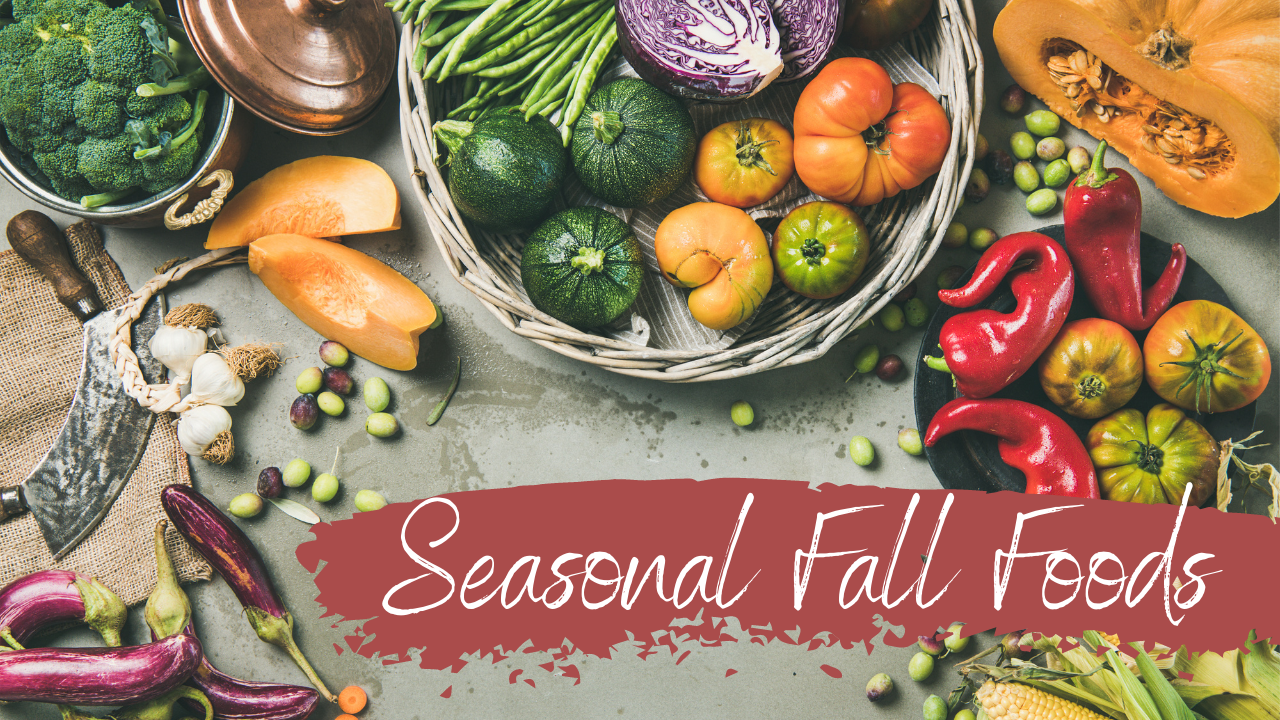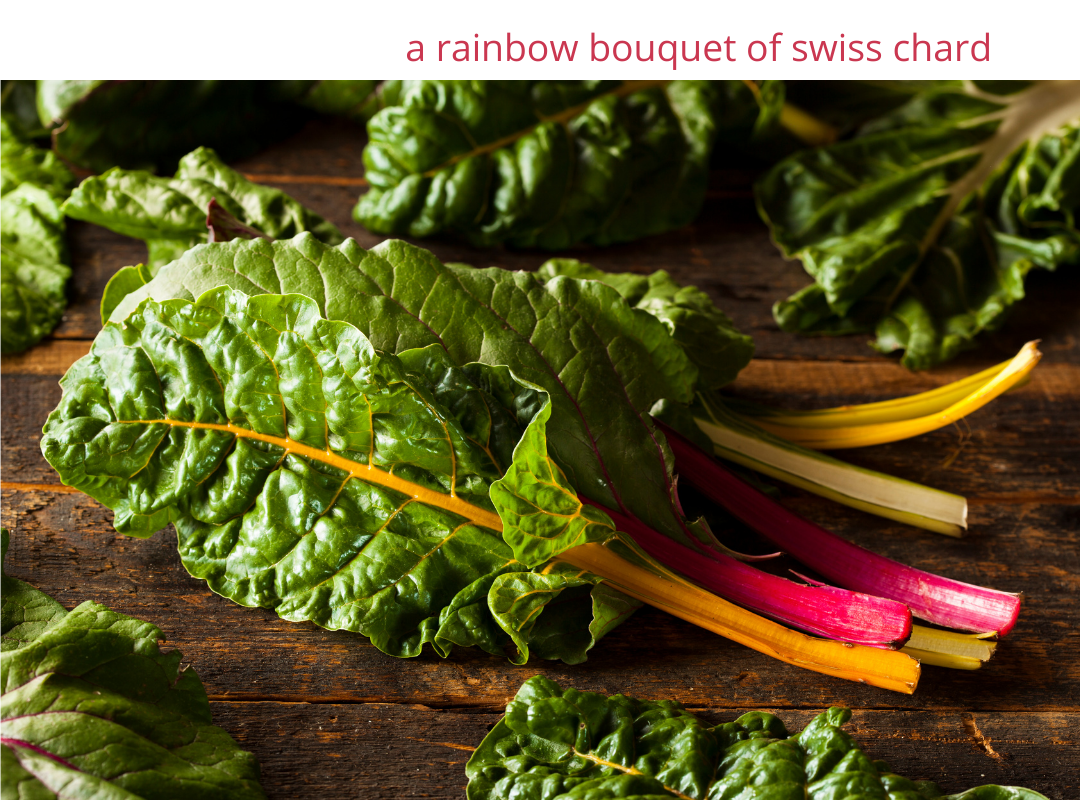Fall Foods: What's in Season?

by Green Sage contributor Erin McNelis
Just because summer is ending doesn’t mean you have to say goodbye to fresh produce. There is a reason that the cornucopia is a symbol of the bounty of the season.

Carrots, peas, green beans, spinach, Swiss chard, and collard greens grow in cooler temperatures, so they are all coming back for an encore.

The vegetables we all look forward to though, the real stars of the season, are the root vegetables and brassicas. Parsnips (carrots’ sweet and peppery cousin), potatoes, sweet potatoes, turnips, and rutabagas are begging to be made into soup.
Roasting is a great way to bring out the flavors of brassicas like broccoli, Brussels sprouts, cauliflower, and cabbage, but eating them raw is great, too!

The cruciferous vegetables in this group contain glucosinolates, which are not found in any other fruit or vegetable. They have an antibiotic-like effect in the body, helping to ward off infections, particularly in the intestines but in other parts of the body as well.

The brassicas are also a good source of dietary fiber, folate, calcium, iron, potassium, phosphorous, and many vitamins as well. A diet rich in cruciferous vegetables may lower the risk of certain cancers.
Brussels sprout fun fact: You can eat every part of the plant! The leaves can serve as a substitute for cabbage.

And who could deny the gourds their place in the fall spotlight? All the winter squashes; pumpkin, acorn, spaghetti, delicata… offer a wealth of vitamins, tastes, and possibilities in both sweet and savory dishes.

Underneath those tough exteriors (which helps them store really well), there lies the sweet meat of the squash, which is packed with Vitamins A, B6, and C, folate, magnesium, fiber, and manganese, which boosts bone strength and helps the body process fats and carbohydrates. Thank you, squash!

In the fruit category, apples, pears, and grapes are the most available, but don’t forget about cranberries. They play a part in the fall flavor profile and aren’t just for Thanksgiving. They are considered a superfood by many because of their high antioxidant and nutrient content that may lead to improved immunity, lower blood pressure, and a lower risk of urinary problems. You can eat them raw! Or pop them in the freezer and use them in smoothies.

Citrus fruits are starting to come into season, as well, starting with lemons and limes.

It’s also a good time to get mangos and pineapples.
Mangos are high in fiber and are a good source of folate and iron as well as vitamins A and C. The antioxidants in mangos (and there are a lot!), have been linked to a lower risk of some cancers, boosted immunity, and digestive and eye health.
Pineapples share many of mango’s characteristics, as well as properties that help build strong bones and aid digestion.

It's always a great idea to eat foods in season, and as we've seen, fall is no exception.
Fruits and vegetables are more nutritionally dense when eaten on nature's schedule, as well as tastier and full of flavor, having been harvested at prime ripeness.
And you'll likely have an easier time finding seasonal foods grown locally, which is more environmentally-friendly than produce that's been shipped from other regions of the world.
Stay tuned right here for delicious recipe inspiration featuring seasonal fall foods in the coming weeks!
About the author

Green Sage contributor Erin McNelis has been an author, freelance writer, and journalist for over 15 years. She loves exploring the world of food and nutrition and finding the words to describe it. Her writing has appeared in newspapers, print and online magazines, and in literary journals. See more of her writing at clippings.me/ekate220.

